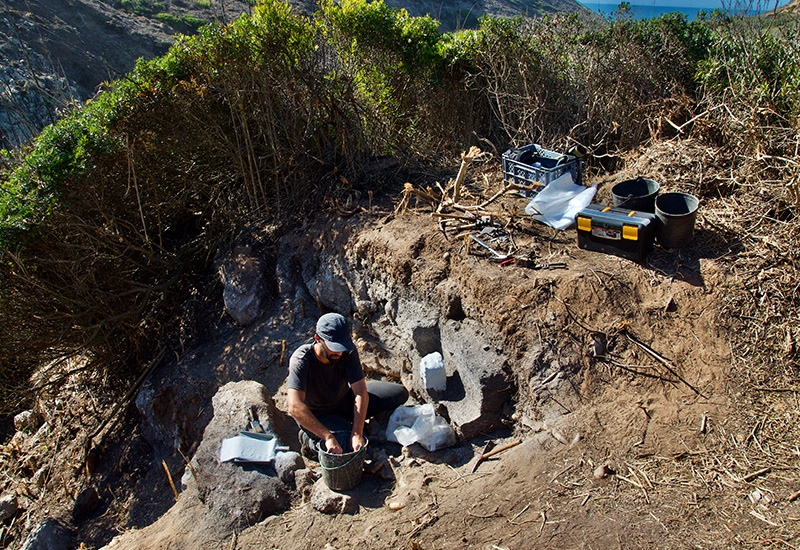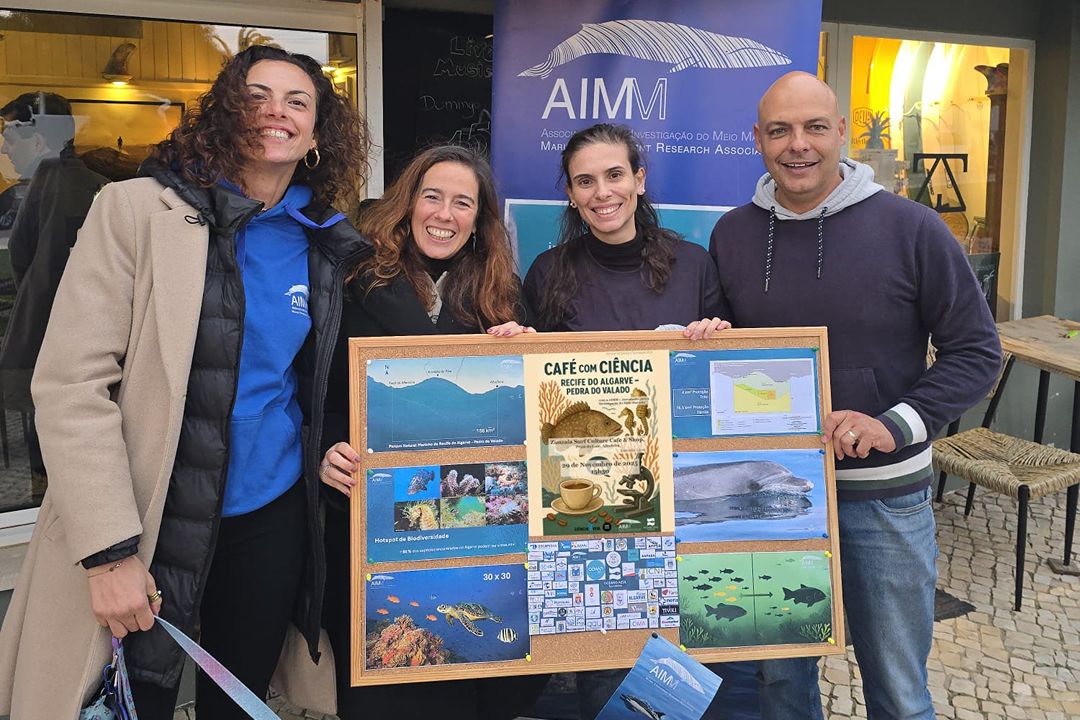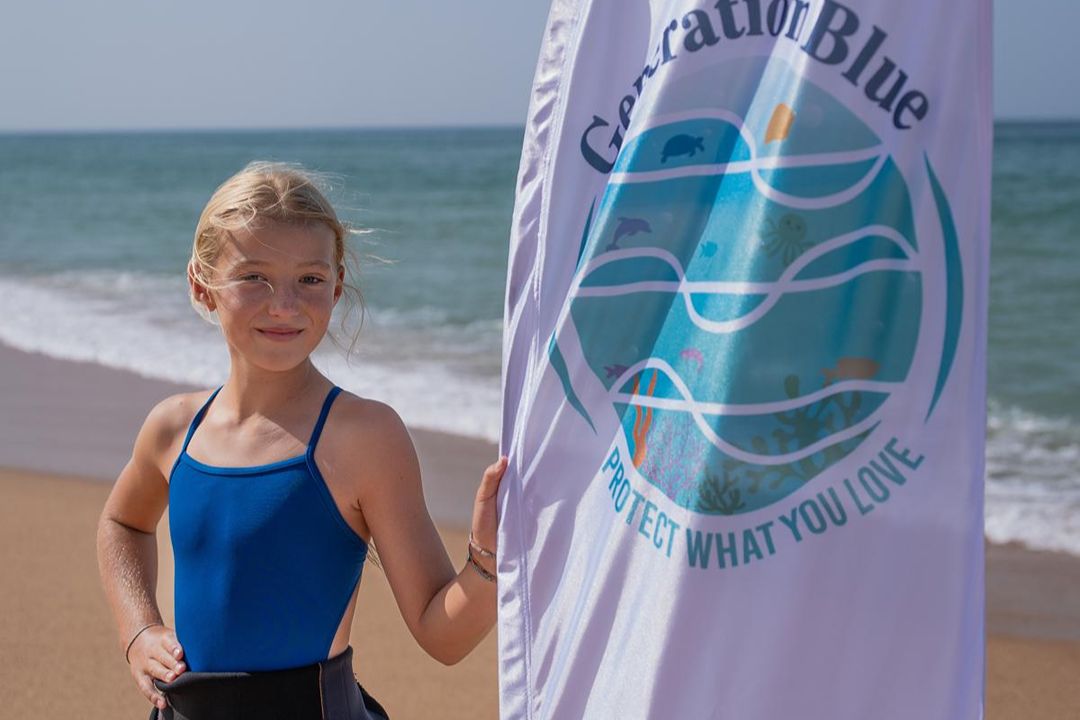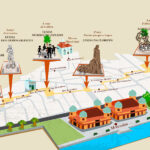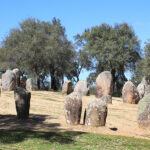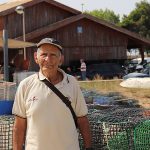The history of human settlement in Vila do Bispo
The Paleolithic is the first period of prehistory, beginning in Africa around four million years ago. It was characterised by bipedalism, mastery of fire, the production and use of stone tools, the first artistic manifestations of Neanderthal man and the emergence of our species. Homo sapiens emerged at the beginning of the Upper Paleolithic, around 40,000 years ago.
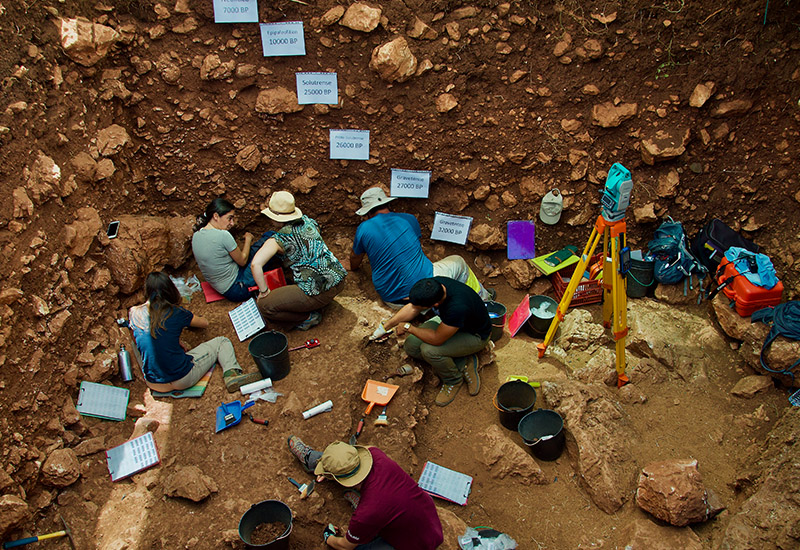
The lives of Paleolithic populations were based on hunting wild animals and gathering plant foods and seafood. Their social structures were relatively simple, organised into small family groups. They were egalitarian communities who lived in a naturally sustainable way, in balance with nature. In the Algarve, little is known about the Lower Paleolithic period. However, we do know that early humans lived in this area through isolated finds. More abundant in Vila do Bispo are the Upper Paleolithic occupations, namely the Neanderthal sites of Lagoa Funda and Lagoa do Bordoal, and the Vale de Boi shelter in Budens, which documented one of the oldest Homo sapiens occupations known in the south-west of the Iberian Peninsula.
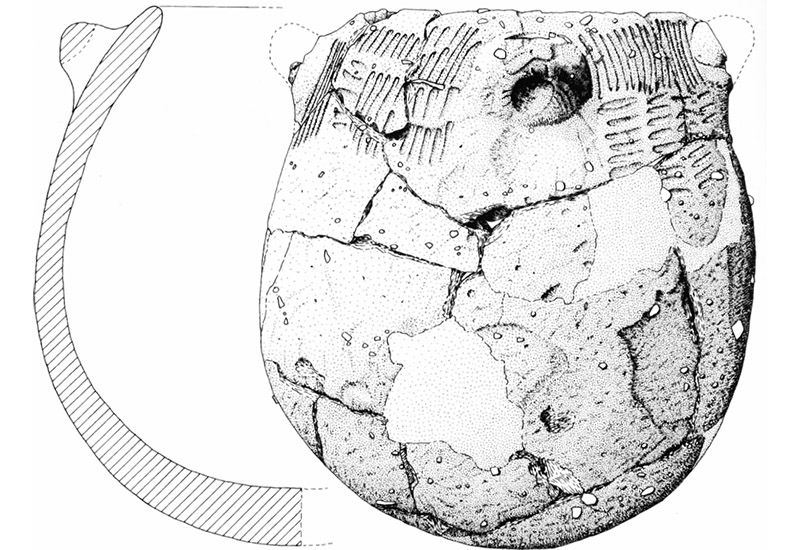
The Vale do Boi shelter
Discovered in 1998, this archaeological site is located on a limestone slope overlooking the valley that gives it its name, where a stream flows into the Boca do Rio estuary. The site served as a shelter for communities of hunter-gatherers and shellfish gatherers between 34 and 7.5 thousand years ago. During this period, the populations exploited a great diversity of terrestrial and marine resources available in the surrounding landscapes. Particularly noteworthy was the use of local rocks to make utensils, the consumption of animals such as aurochs, deer, goats and wild boar, as well as a wide variety of fish and shellfish including limpets, mussels and barnacles. These delicacies are still part of the local diet today.
Hunters and shellfish gatherers
Around 10,000 years ago, the last glacial period was slowly coming to an end, giving way to modern climatic conditions. Global temperatures rose, the polar ice caps and mountain glaciers retreated, and forests expanded into what had previously been steppes. Animals from temperate climates gradually replaced the cold-adapted fauna. In the Vicentina region, the sea level rose due to melting ice, reaching levels close to those of today. The marine resources were then used more intensively by the hunter-gatherers and shellfish gatherers who lived here. This resulted in a new type of archaeological site – the shell midden. Several Mesolithic sites are known in Vila do Bispo, mostly shell middens. They are located on the coastline or near estuaries and seasonal watercourses, for easy access to the sea in areas favourable to the exploitation of flint deposits, an excellent raw material for the production of cutting tools and hunting projectiles. On these sites, we find simple structures such as fires built with stones, utensils made from chipped stone and, of course, abundant shellfish remains. They would have been seasonally occupied sites, although the local communities in the Mesolithic already showed a strong tendency towards permanent settlement.
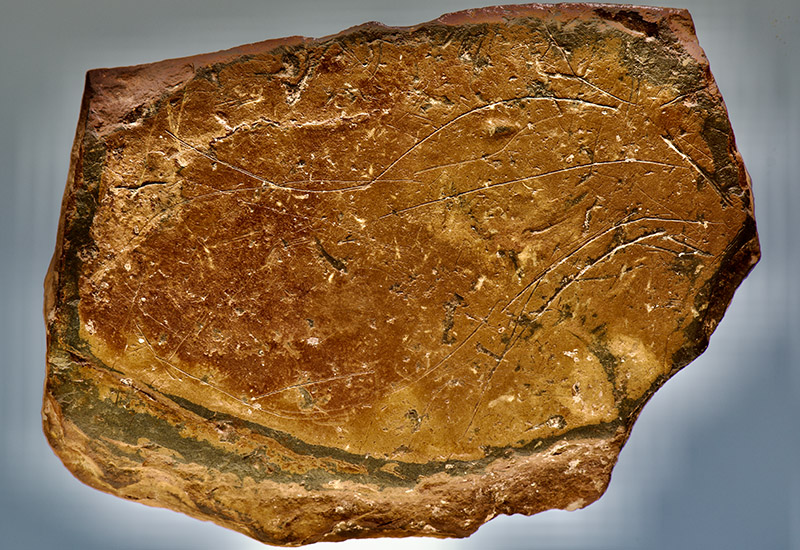
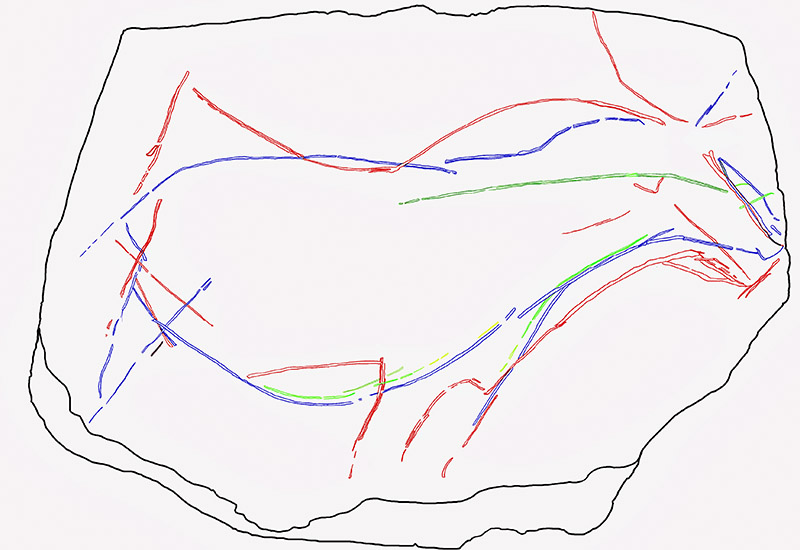
The Neolithic revolution
The emergence of a series of new technologies, including the production of ceramics, polished stone and the first domestication of animals and plants defines the Neolithic period. The first domesticated animal species were sheep, goats, pigs and oxen, while dogs have been faithful companions to mankind since the Paleolithic period. Neolithic man cultivated plants, including legumes such as peas, broad beans and lentils, and cereals such as wheat and barley. These food resources came to play a fundamental role in the economy and in human subsistence.
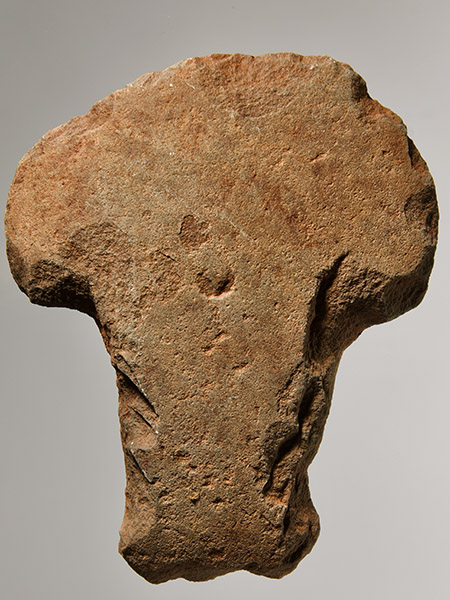
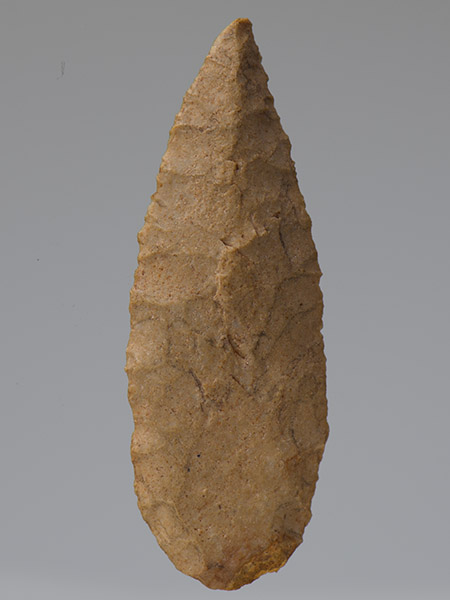
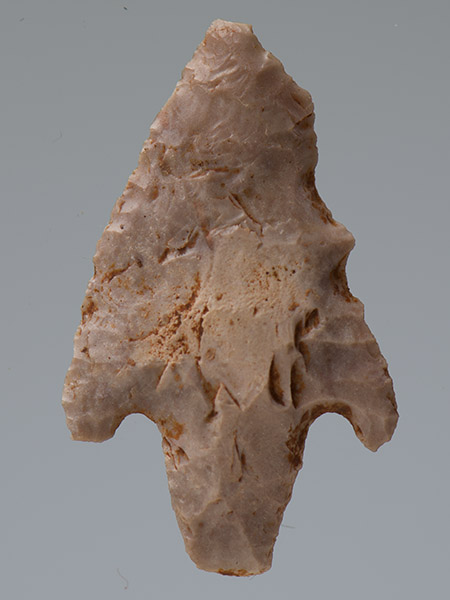
There were ecological changes, with the clearing of forests to create agricultural fields; economic changes, with the storage of food surpluses; demographic changes, with the growth of populations; social changes, with the emergence of village life; and ideological changes, with new forms of a worldview. The Early Neolithic period corresponds to the first agro-pastoral communities, whose way of life was based on plough-less agriculture and herding small flocks. Vila do Bispo is home to some of the oldest Neolithic sites in Portugal, dating back around 6,500 years. The identification of housing structures, artefacts and various faunal remains are a good example of those transformations. The presence of Cardial pottery decorated with cockle shell impressions, particularly in the settlement of Cabranosa in Sagres, integrates this region into the Neolithic world of the western Mediterranean.
Palaeo zoological park
Did you know that there were aurochs, lions and rhinos in Vila do Bispo? Yes, archaeological research at the Vale de Boi Palaeolithic site has revealed an incredible palaeo zoological park!
Ricardo Soares is the archeologist at the Vila do Bispo Museum – O Celeiro da História.
Sítio das Eiras, 8650-405 Vila do Bispo
Opening times: Tuesday to Sunday, 10 am–6 pm


